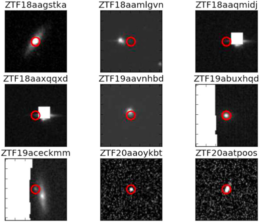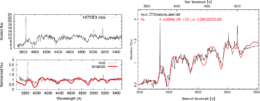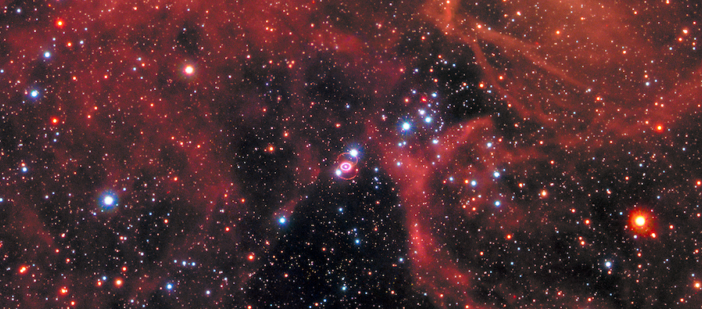These days, astronomers find so many possible supernovae each night with automated photometric surveys that it’s impossible to follow up on all of them. Recently, however, a new article takes the first steps toward using unrelated spectroscopic surveys to fill in the gaps when luck allows.
Industrial Flash Detection
When a distant, massive star explodes as a supernova, the only sign of the monstrous violence seen from Earth is a tiny, modest flash in the night sky. Consequently, observations of these brief and easy-to-miss eruptions used to be pretty rare: astronomers would have to patiently and manually check the same patch of sky over and over again, hoping that in one of their images they’d see a bright speck of light that wasn’t there before.
But no more. With the advent of large telescopes, advanced imagers, and sophisticated software, this tedious process has been supplanted by a much more efficient workflow. These days, large surveys such as the Zwicky Transient Facility (ZTF) image huge swaths of the sky every night and automate the flash-detection process. While astronomers previously treasured each “transient” as a unique discovery, observers tapped into the data stream of these programs have the luxury to examine any number of the million or so transients detected each night.
And yet, even as these surveys churn out transients on an industrial scale, astronomers usually want to know more about each one than the fact of their existence. Historically, they’ve gone about this by recording not just images, but also spectra of each object. Unfortunately, although spectroscopic surveys have also grown immensely more efficient, they have not kept pace with their photometric counterparts, meaning that most transients discovered by ZTF will never see their spectra documented.
When Telescopes Align

Cutout images of the nine transients which were “active” according to ZTF when HETDEX happened to observe them. [Vinkó et al. 2023]

The HETDEX spectrum of ZTF20aatpoos compared to the best-fitting template of a supernova spectrum. [Vinkó et al. 2023]
Citation
“Searching for Supernovae in HETDEX Data Release 3,” József Vinkó et al 2023 ApJ 946 3. doi:10.3847/1538-4357/acbfa8

